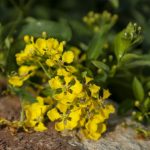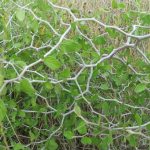Calamondin
–
–
–
 Part Sun/Shade
Part Sun/Shade Low
Low Flowering
Flowering Birds
Birds
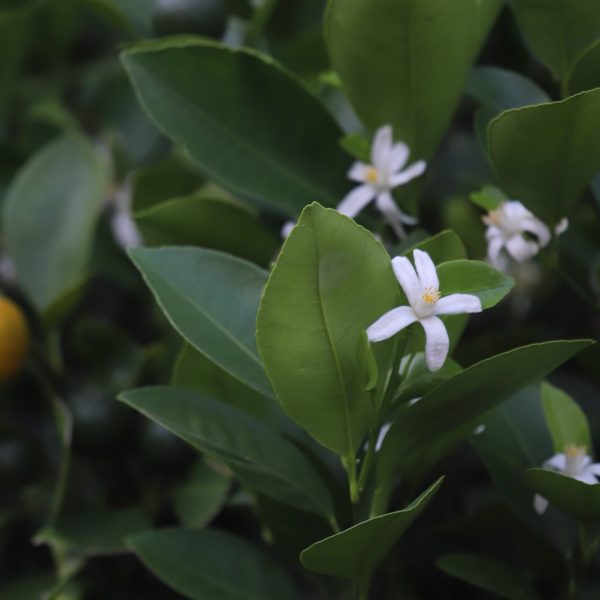
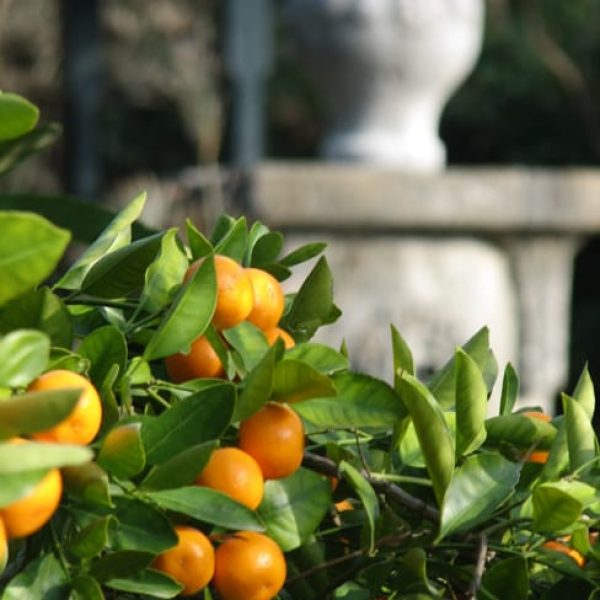
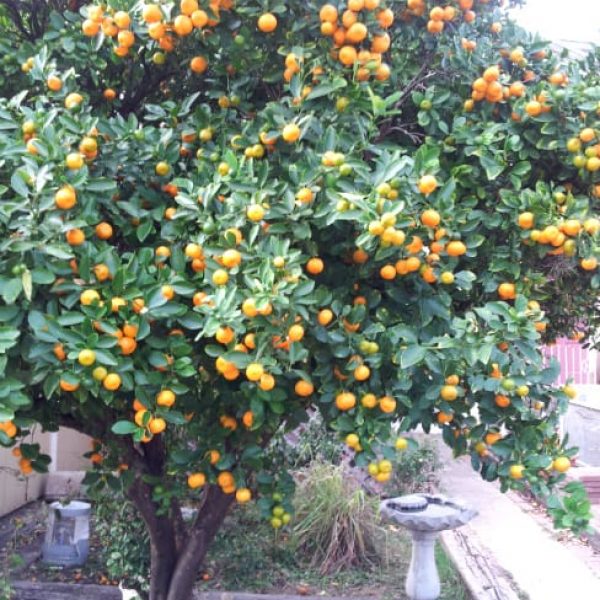
About This Plant
Bright light but not full scorch. Evergreen. The fruits are tart and peel easily, and they’re sweeter towards the end of their long season. With thin skins, calamondin don’t keep longer than a week after picking; it’s recommended to pick them when they still have some yellow, for sharper flavor.
An intergeneric hybrid between mandarin orange and kumquat, calamondin is one of the cold-hardiest of all citrus — down to 15 degrees in San Antonio without defoliation. (Below this, damage will be severe.) Introduced to the U.S. around 1900, it’s probably grown as much for its looks as its fruit: it’s a small specimen, takes well to hedging, and can be used in a container, a dooryard or a patio.
Maintenance
Occasional training and light pruning; fruit production can be enhanced by fertilizing, but established plants are pretty self-sufficient.
Features
This plant goes well with
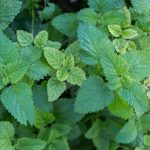 Melissa officinalis
Melissa officinalis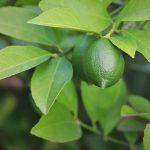 Citrus x meyeri
Citrus x meyeri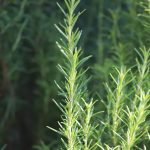 Salvia rosmarinus
Salvia rosmarinus
- List Item #1
- List Item #2
- List Item #3





